(June 10, 2023) Dr. Prathap Addageethala raised many eyebrows when he announced that he was leaving behind a comfortable career in Canada to return to his roots. He had trained in chiropractic, unfamiliar to Indians even among the diaspora. An expert in soft-tissue mechanics, Prathap is the founder of Atlas Chiropractic and operates a chain of clinics in Bengaluru, Chennai, and most recently, Hyderabad. He is also part of the Indian Association of Chiropractic Doctors and is among those working to regulate the industry in the country. “My dream was unique – I wanted to bring my talents to India, where Chiropractic was largely unheard of unless you watched the TV sitcom Two and a Half Men,” he writes, on the Atlas website.
In the early 2010s, Prathap would carry his folded-up table around with him as he walked on Queen’s Road in Bengaluru’s Cantonment area, and through narrow, run-down alleys in Gandhinagar, determined not to miss out on a single client. Those were dark days and put Prathap to the test. “I choose to forget this part, but if it wasn’t for those things happening, I don’t think I could get to where I am. Every experience teaches you something. It rewards you, depending on how you use it,” he tells Global Indian. He has come a long way since. We speak virtually on a Saturday morning, with his two-year-old son making the occasional appearance in his father’s study.
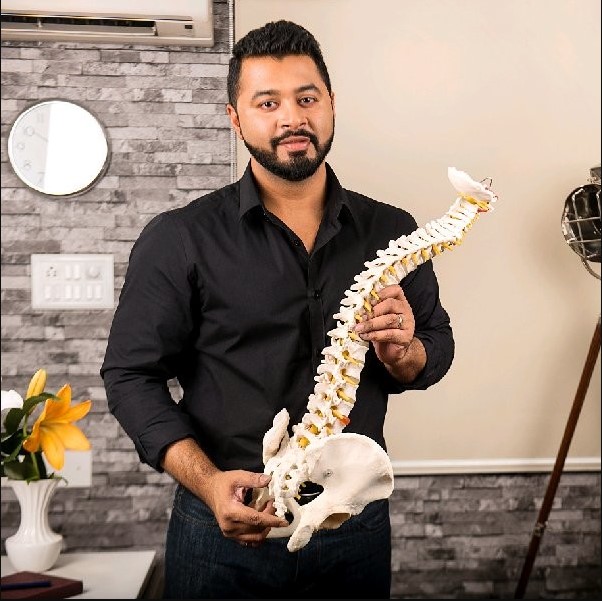
Dr Prathap Addageethala, Director and Head of Chiropractic for Atlas Chiropractic and Wellness
Discovering chiropractic
Born in Ottawa and raised in Toronto – Prathap was a good student and wanted to be a dentist, which was a sought-after academic pursuit, especially in North America. However, his first year at the University of Western Ontario brought his plans to a halt. “I was dealing with independence for the first time and academically, it was the worst year of my life,” Prathap admits. He got back on track quickly and graduated with a BSc Honours in Biology, but the harm was done. So, when a friend told him to give Chiropractic a shot and Prathap decided to see where it led him. He applied to the New York Chiropractic College (now Northeast College of Health Sciences) and got in on the first try.
In university, his classmates were “pedigreed,” and had associations with Chiropractic that went back generations. He decided to wager his first-semester tuition fee to figure out if it was what he wanted. The course required freshmen to team up with seniors. That’s how he received his first ‘adjustment’ (a spinal alignment to take pressure off the spinal cord). “She adjusted me and it was an ‘oh’ moment. As he “floated” down the hallway afterward, he knew he would never look back.
He had three options after graduating with a Doctorate of Chiropractic. “One was to stay in America, the other was to go back home to Toronto. The third was a vague idea and that was to go to India.” He had few ties to the country, apart from the occasional family visit made once every few years. He knew India had no more than five chiropractors at the time. Still, at the back of his mind was the urge to do something different, it was the same call that had taken him to the United States to study Chiropractic.
The India story
That’s how Prathap found himself on a flight to India at the end of 2012. He had a job in hand at the time, as a medical representative for a brand of healthcare products. The company told him he was free to set up his practice even if he was representing them. “My biggest fear was balancing the books,” Prathap says. This included his education loan.
Moreover, how does one set up a business in India, especially to sell a service nobody had heard of before? A cousin offered him a place to stay and Prathap set about cold calling and emailing a wide network of wellness practitioners and signing up with hospitals, clinics, and wellness centres that were open to him. “It was all me, fighting tooth and nail, relying on word of mouth. But business just wouldn’t grow. I arrived with the intent of being a chiropractor in October 2014. By March 2015, I was tapping out.” His now wife, Nandini, told him to stick it out for a year. “She said if it still doesn’t work out, go back. There’s no shame in it. But you don’t want to say you gave up too early.” It wasn’t just that. He was providing a high-end service, he knew, but his location choices weren’t helping his brand. “Clients would say, you have this cool accent and everything, so why are you in this place? They were associating the place with me.”
View this post on Instagram
Making progress
That’s when he noticed the new gym next to one of his practice locations, in Indiranagar, one of Bengaluru’s most upscale neighbourhoods. He met the founder, a young woman named Shwetambari Shetty, who is now one of South India’s best-known fitness entrepreneurs. Prathap struck a deal with Shweta and her partner, Sudeep, sending him patients and eventually offering him space in the gym. “It was prime property, but there was no signage, no way to let people know I was there,” Prathap says.
Practo changed the game. “I had a page, a listing, an address, and a phone number.” His first employee was Prem, who did admin and front office work. “I told him that he could go as far as the company did because he was the first employee.” Prem proved to be an exemplary Man Friday. “And then we started to fill,” says Prathap. “Fill and fill and fill.”
In December 2016, he launched Atlas Chiropractic and Wellness, named after the Greek Titan, who is depicted as a man holding the world on his shoulders. It’s also the name of the first cervical vertebra – C1.
Over the next couple of years, they expanded to a second clinic in Bengaluru, then a third. From there came a clinic in Poes Road, Chennai. That came as they launched their third center in Whitefield, John Kokken, of KGF fame, came in for a consultation. “I wanted to have someone with that kind of presence associated with me,” Prathap said. John and his wife, actress Pooja Ramachandran, were very health conscious. John signed as an ambassador, in exchange for full access to their services. He opened the doors to a new, star-studded stream of clientele, including Prabhu Deva and Arya.
View this post on Instagram
“I encourage any new business to look for strategic friendship,” Prathap says. “Yes, luck has its role but recognising people’s strengths is so important. It’s an understanding that we both have something to offer each other, so everybody wins.” He still has his moments of doubt, however. “I’m always at risk for imposter syndrome, so I’m constantly chasing those demons away.”
The fight for regulation
As a non-allopathic practitioner in India, Prathap says, there are two choices – run your business underground, or join AYUSH. Chiropractic care, however, doesn’t fit in either slot. “Internationally, we are established healthcare practitioners. WHO recognises World Federation of Chiropractic (WFC), which recognises individual countries and we operate by extension.” The physiotherapy industry, although it’s huge in India, continues to function without any kind of licensing or regulation and he doesn’t want Chiropractic to go the same way. Although the word is bandied around, Prathap remains one of the few licensed chirorpactors in India. That’s part of what he tackles as a member of the Indian Association of Chiropractic Doctors.
The aim, Prathap maintains, is to make an impact. “My goal isn’t profit-driven or a business opportunity, it’s to provide quality healthcare to a place that needs it,” he says. “Chiropractic is about optimisation, and I choose to be optimistic about it in India.”
Follow Dr Prathap Addageethala on Instagram.



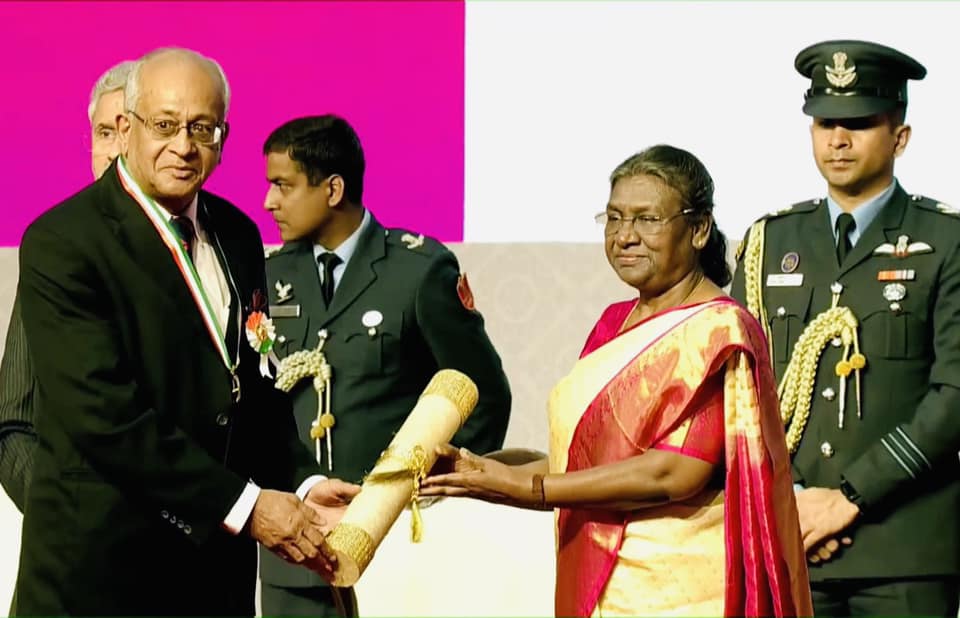 Kumar Nadesan receiving Pravasi Bharatiya Samman Award 2023 from President Droupadi Murmu[/caption]
Kumar Nadesan receiving Pravasi Bharatiya Samman Award 2023 from President Droupadi Murmu[/caption]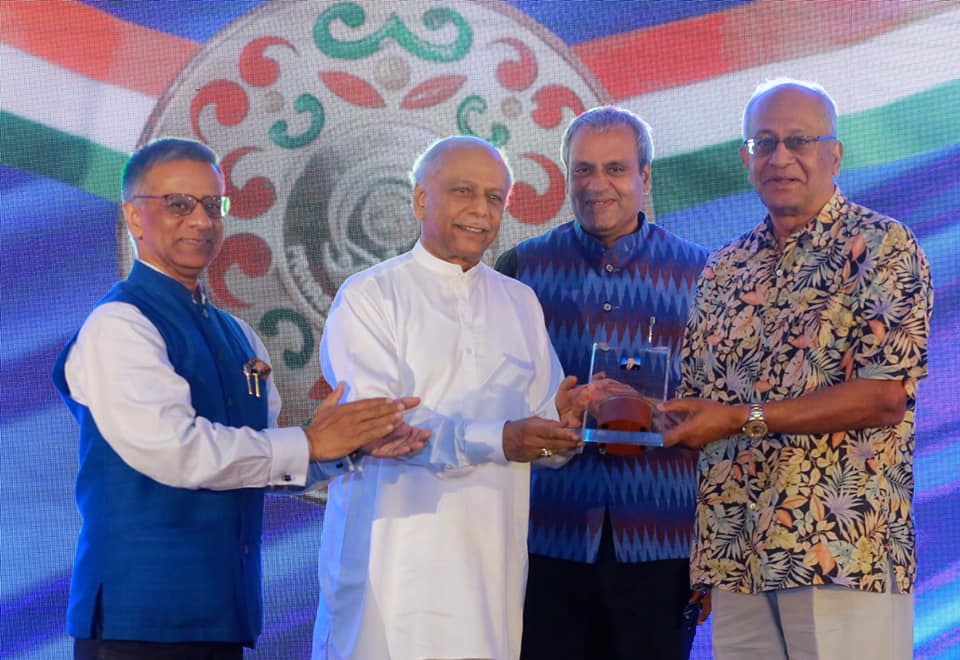 Kumar Nadesan with
Kumar Nadesan with 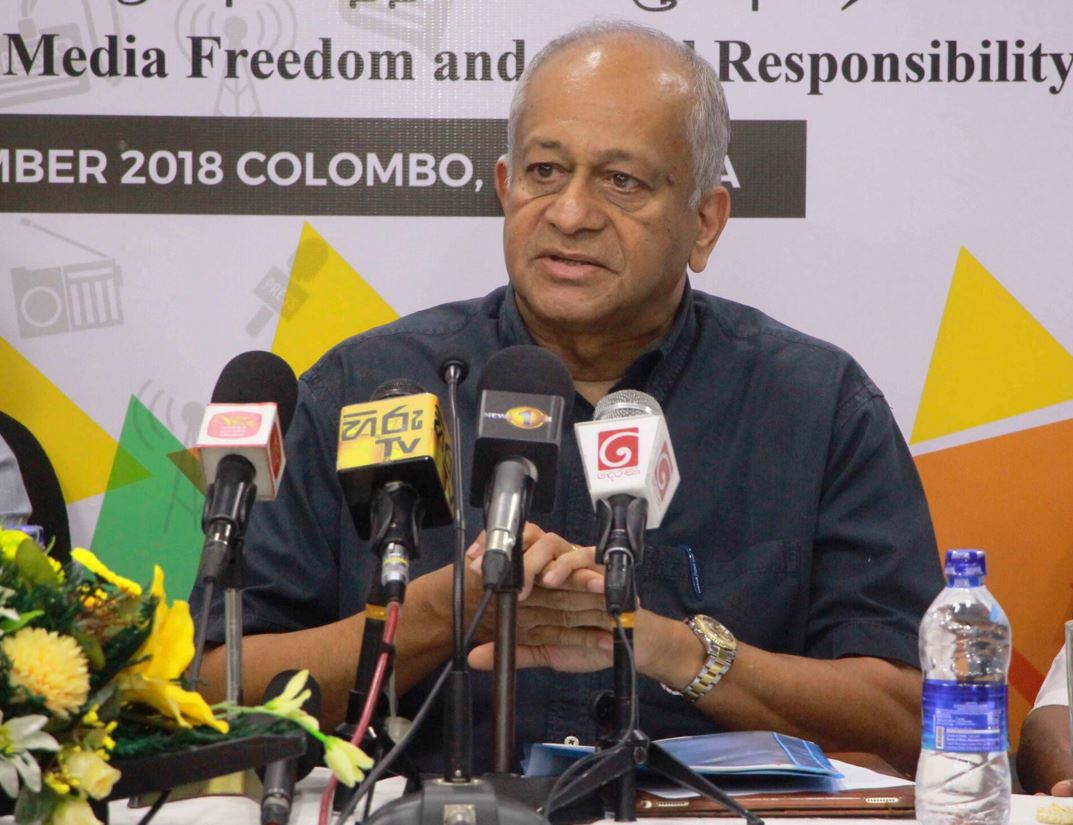 Kumar Nadesan at a media event[/caption]
Kumar Nadesan at a media event[/caption]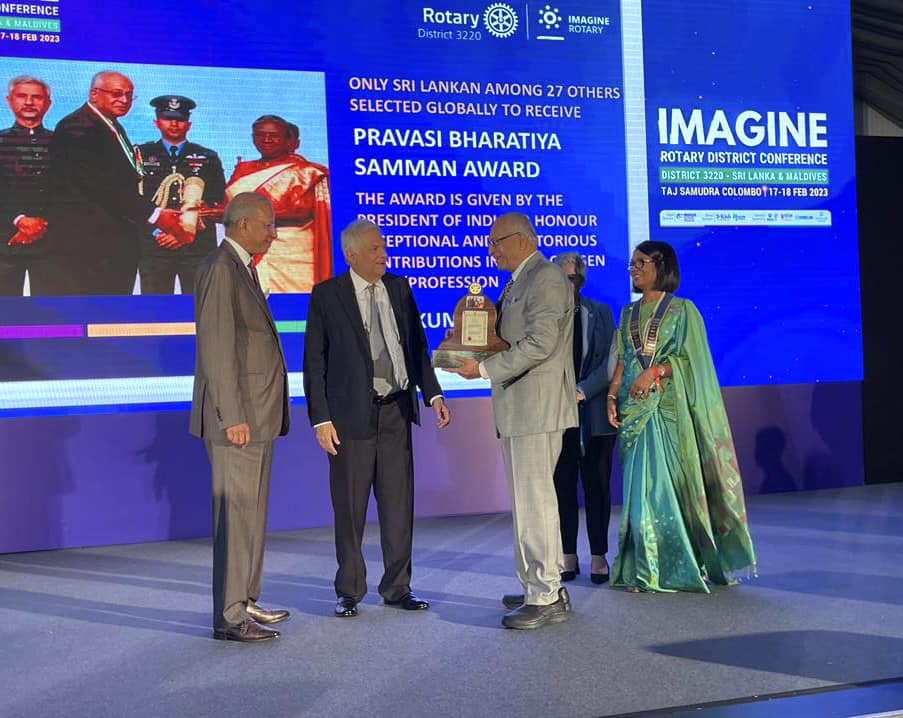 Kumar Nadesan at a Rotary function in presence of President of Sri Lanka Ranil Wickremesinghe[/caption]
Kumar Nadesan at a Rotary function in presence of President of Sri Lanka Ranil Wickremesinghe[/caption] Kumar Nadesan[/caption]
Kumar Nadesan[/caption]
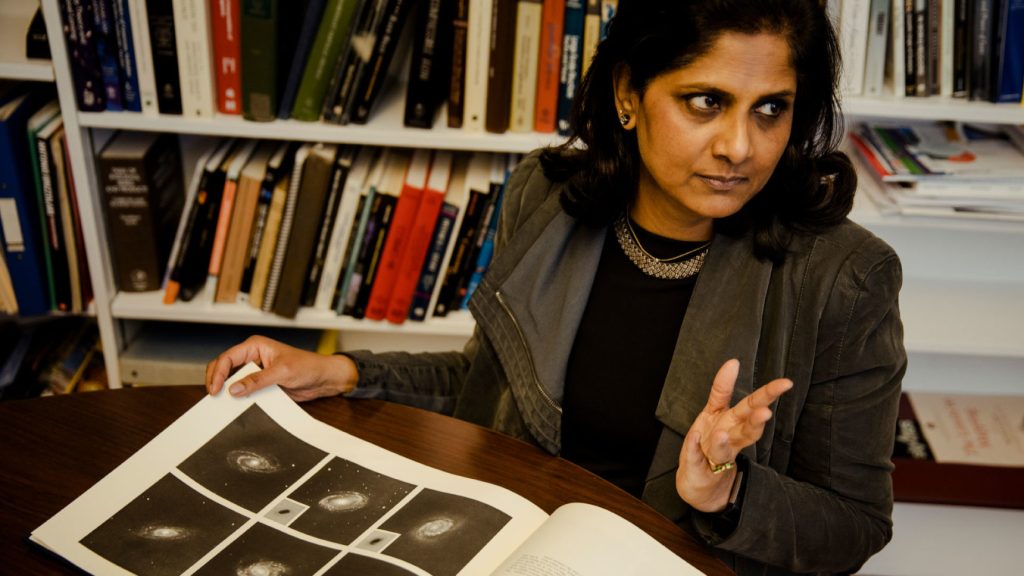 Priyamvada Natarajan[/caption]
Priyamvada Natarajan[/caption]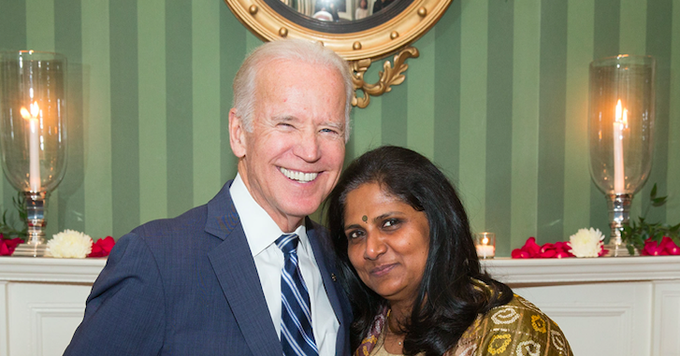 Priyamvada Natarajan[/caption]
Priyamvada Natarajan[/caption]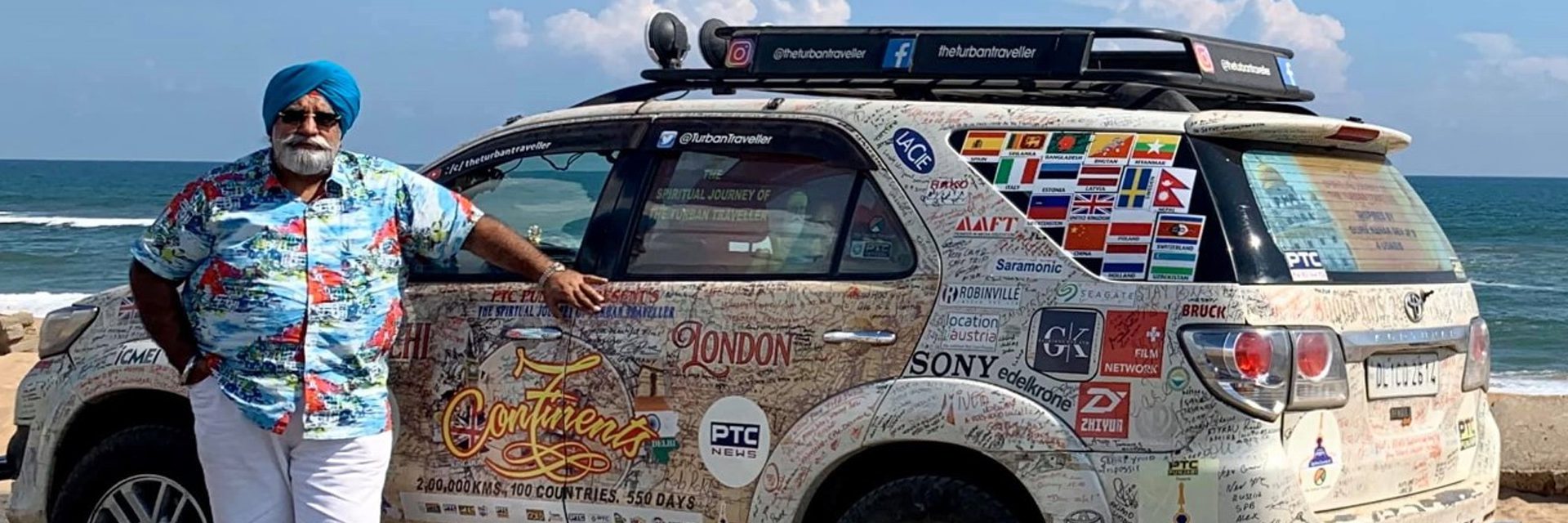
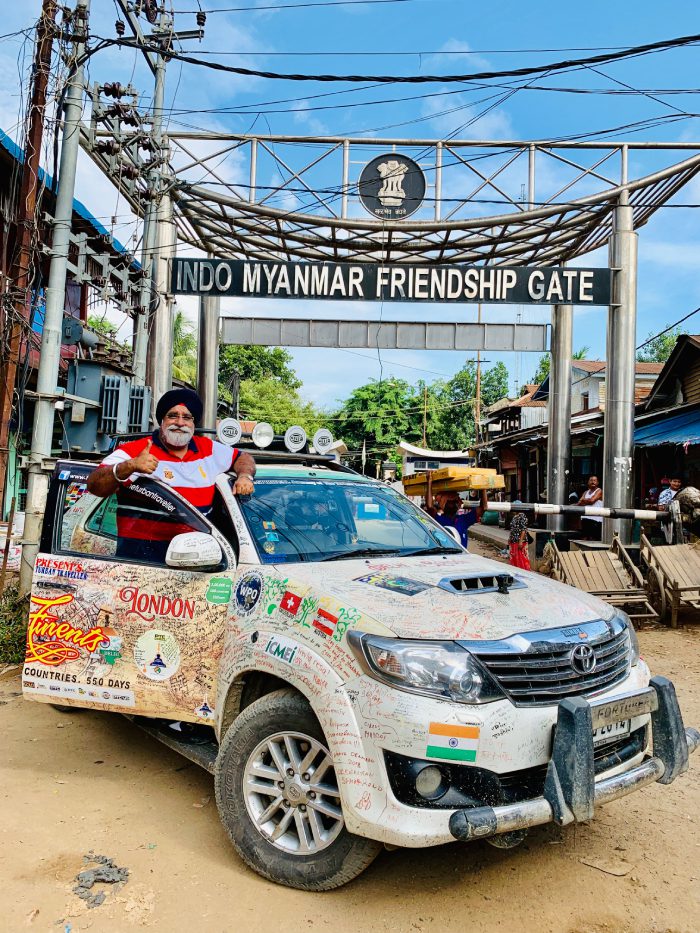 Amarjeet Singh[/caption]
Amarjeet Singh[/caption]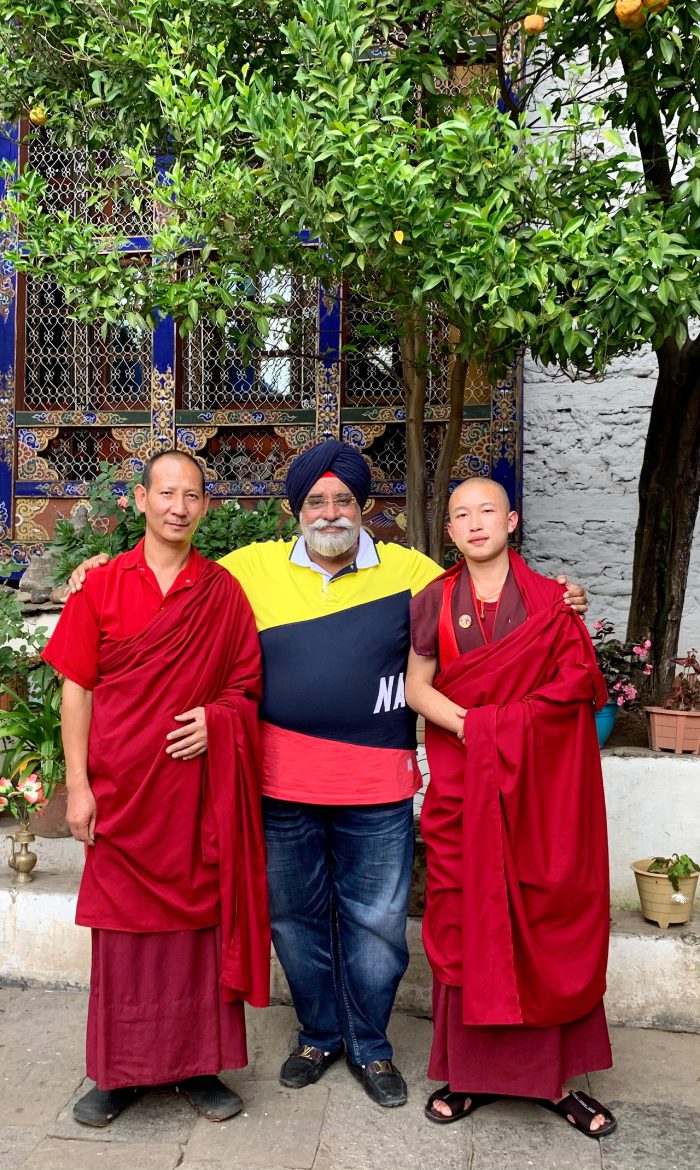
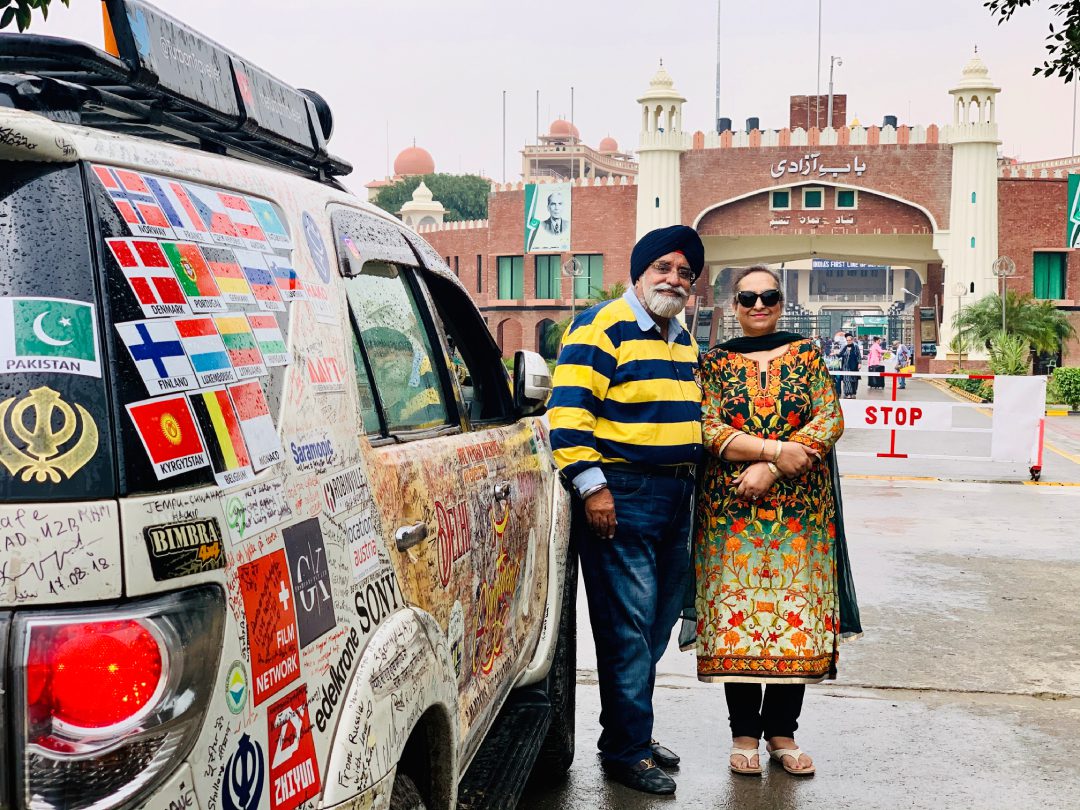 Amarjeet Singh with his wife Sweety[/caption]
Amarjeet Singh with his wife Sweety[/caption]
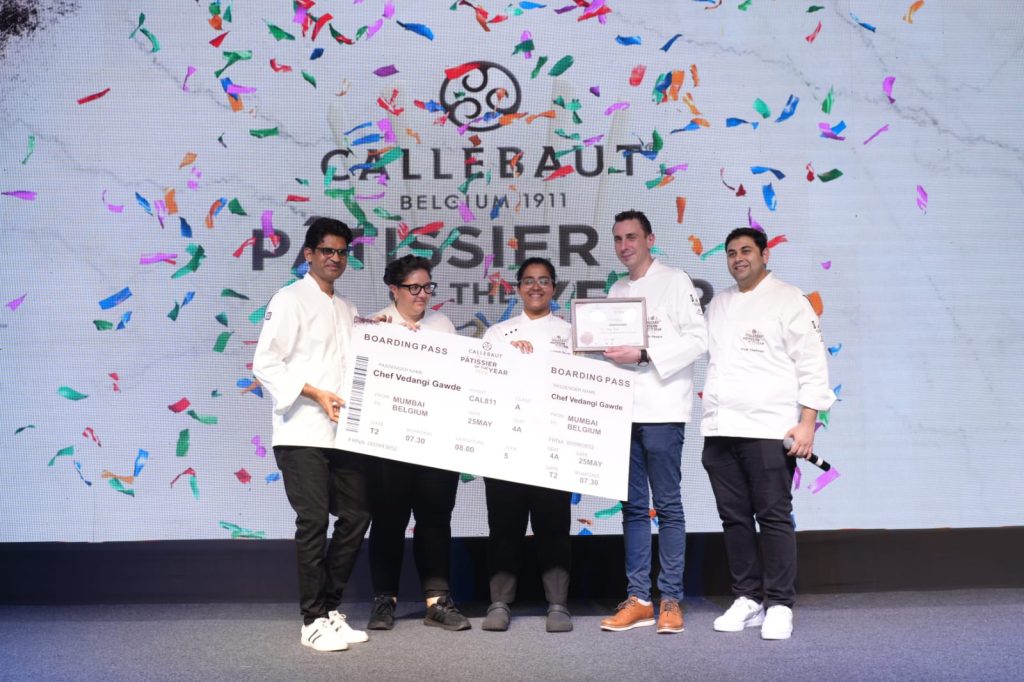 Vedangi Gawde is the winner of the Callebaut Patissier of the Year 2024 award[/caption]
Vedangi Gawde is the winner of the Callebaut Patissier of the Year 2024 award[/caption]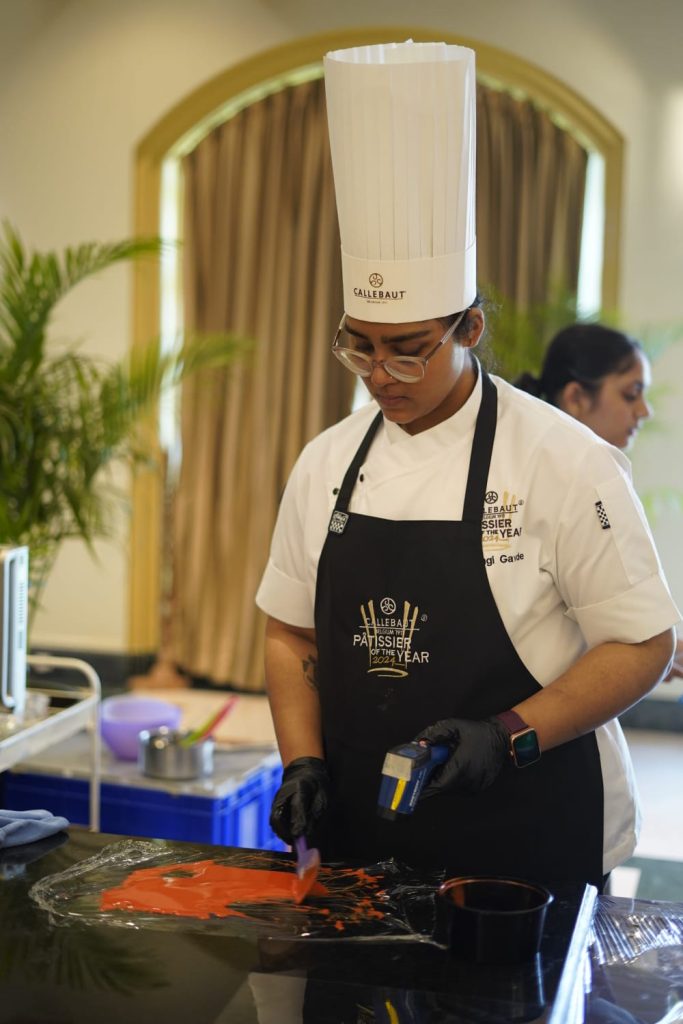
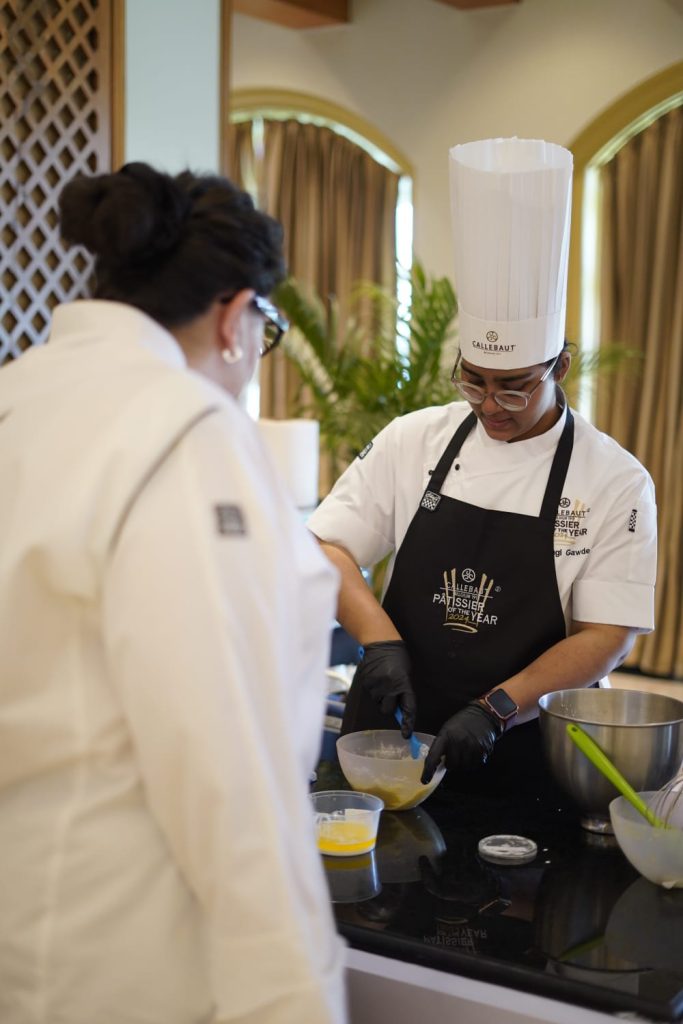
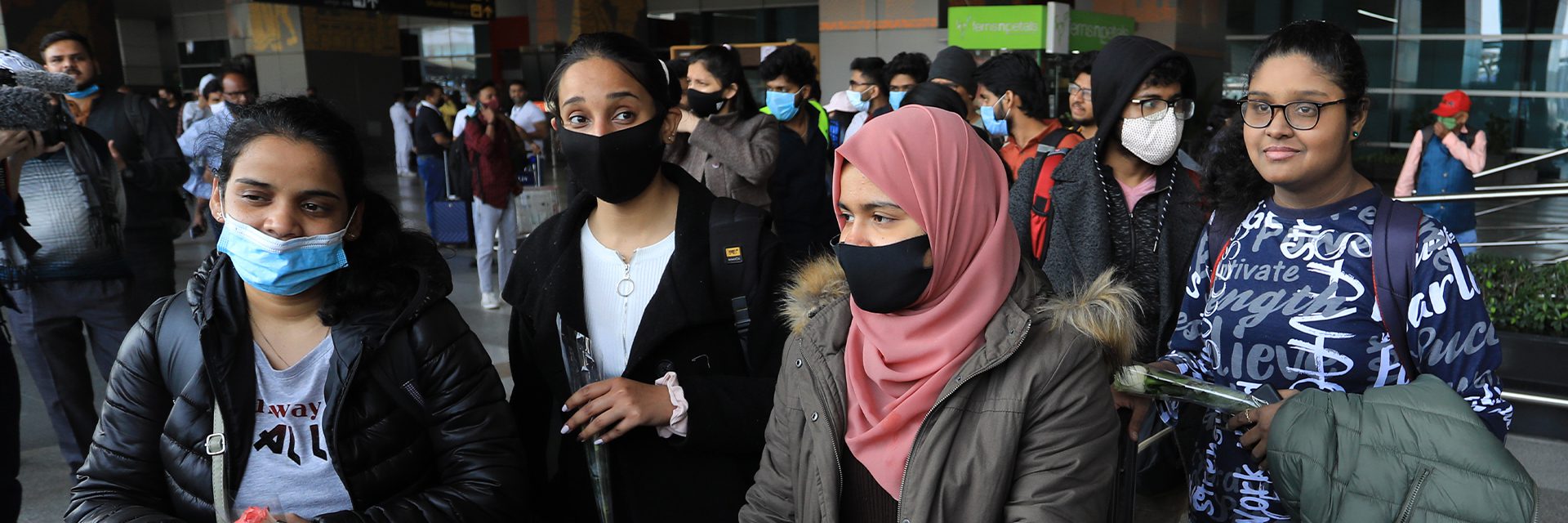
Super writing by Darshana…a beautiful biography most of which I was unaware though being Dr. Prathap’s unc.
This is a road to success, which is proved by his strategic moves…
Keep going young guy and make the whole country well…
Nicely placed article about Doc. It speaks a lot about the many phases of his life and how things pivoted at the right time (obviously at the right place like India as well 🙂) and not giving up.
It has been quite a blessing to meet Dr Prathap in person, who had analyzed my condition and “adjusted” me with a few cracking & pops and, TA DAAA – I was aligned back into position and ready to go.
With all this being said, I look forward to hearing many more of Dr Prathap’s success stories across the country and but of course, another session to get adjusted.
Hey Doc! Here’s wishing the very best always!
Onwards & Upwards Always… Cheers! 🤙🏼